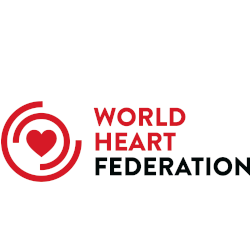Research
An update on cardiovascular disease epidemiology in South East Asia. Rationale and design of the LIFE course study in CARdiovascular disease Epidemiology (LIFECARE)
Abstract
The burden of cardiovascular disease (CVD) is likely to increase dramatically in Asia over the next several decades. In this paper, we review the existing data on CVD epidemiology in Asia, with a focus on the INTERHEART study and the Asia Pacific Cohort Studies Collaboration. Existing data suggests that much of CVD may be preventable through reduction in the levels of well-established CVD risk factors and that these findings are likely to be relevant to Asian populations. However, these studies have several important limitations. These include a lack of longitudinal studies with collection of repeated measures of CVD risk factors and the environmental factors that may result in the age-related increase in the levels of these risk factors. As such, the natural history of the development of CVD risk factors such as obesity, diabetes, hypertension and dyslipidemia in Asia, and their relationship in terms of duration and timing of exposure to various environmental influences is currently unknown. In addition, there is a paucity of data related to psychosocial factors that may be involved in the pathogenesis of CVD, either directly or through effects on other CVD risk factors. Finally, little data is available with regards to the impact of CVD and its attendant risk factors on health related quality of life and health care utilization. This information is crucial for the design and evaluation of evidence based programs for primary prevention. We have designed a LIFE Course Study in CARdiovascular disease Epidemiology (LIFECARE) involving 12,000 individuals in four South East Asian countries to address these data needs.
Keywords:
Published on Jun 1, 2009


